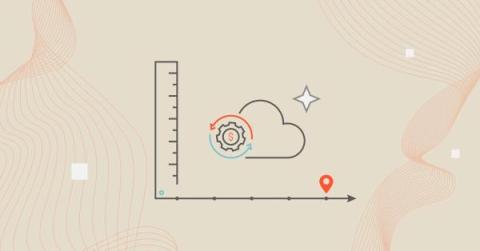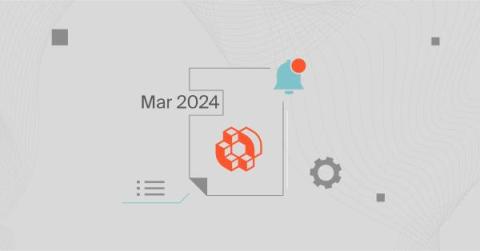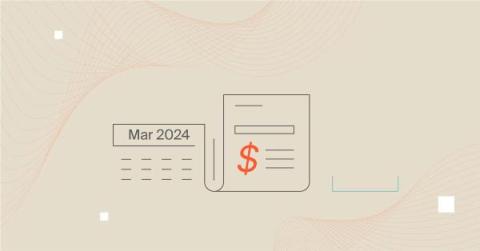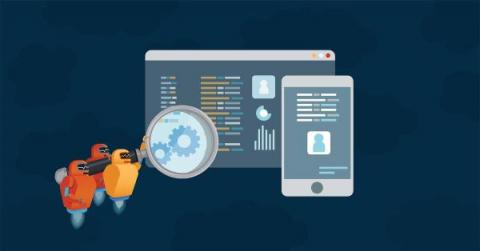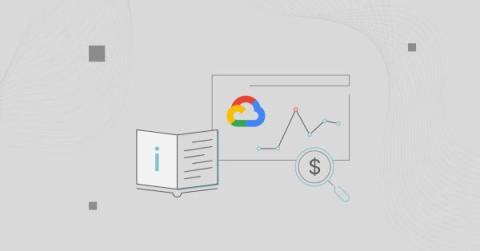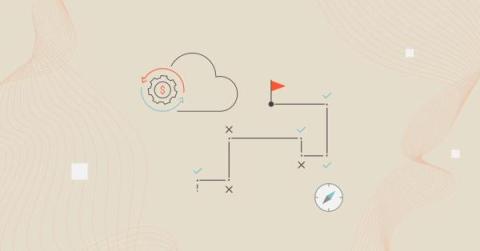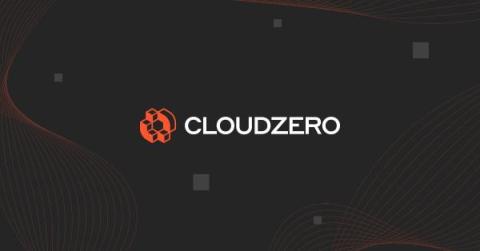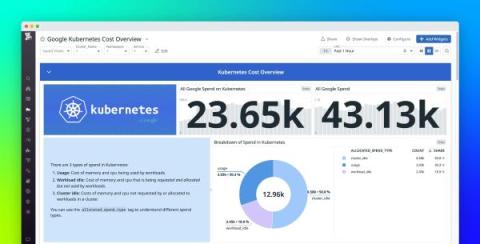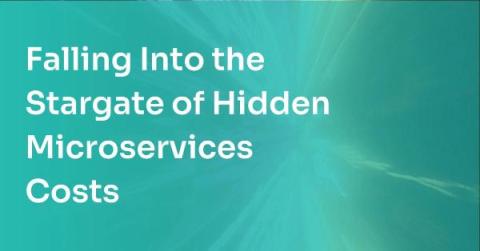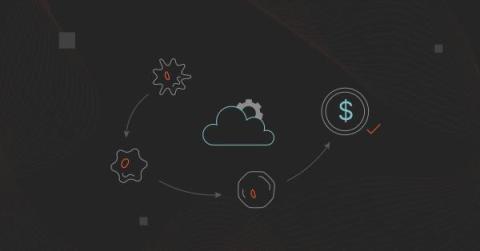FinOps Automation Tips And Best Practices - Part 3
After watching part one and part two of our FinOps Automation Series, hopefully you’re chomping at the bit to adopt your first automation solution. In part three below, our experts — Erik Peterson (CTO and Founder of CloudZero), Alan Hand (Founder and CEO of Xosphere), Steven O’Dwyer (Senior FinOps Specialist at ProsperOps), and Mike Fuller (CTO of the FinOps Foundation) — are going to walk you through what you need to know before you take any concrete steps.


